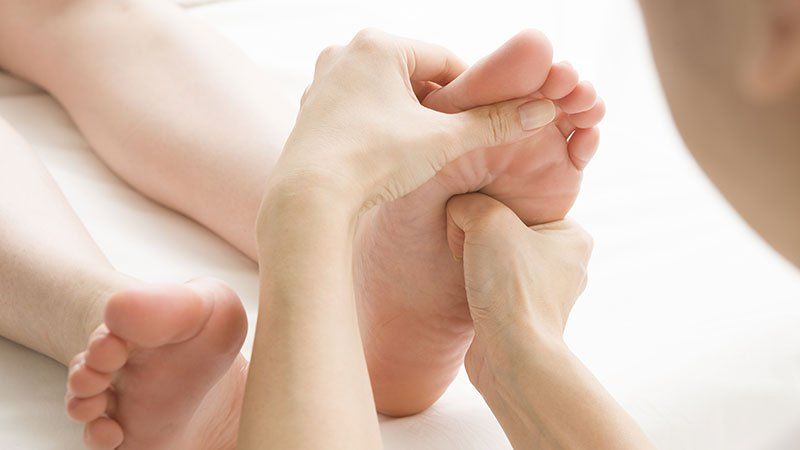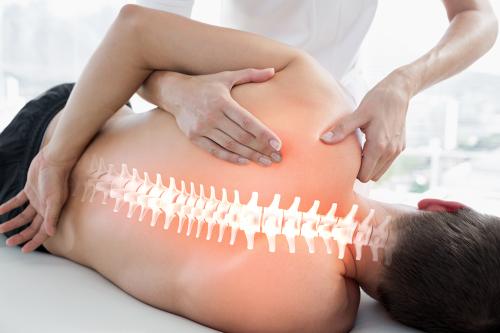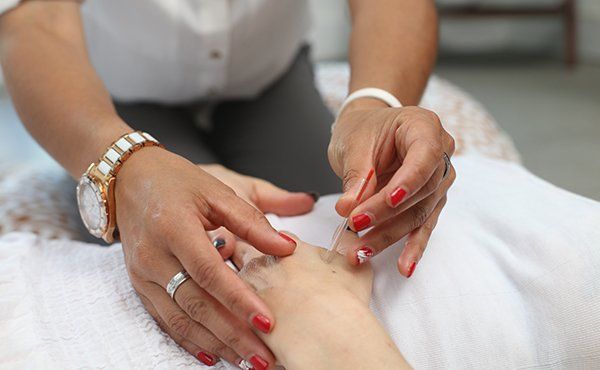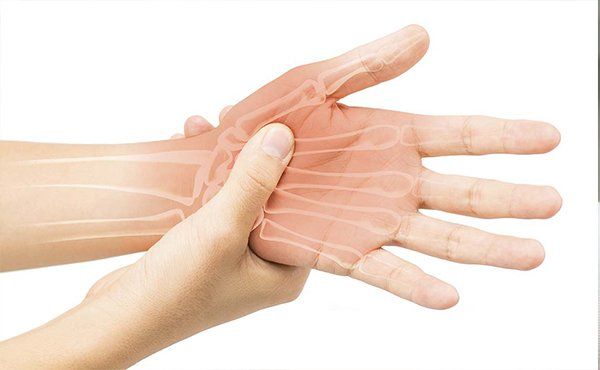Quality Osteopath Care and Services
HEALTH CARE, OSTEOPATHIC SERVICES, PAIN MANAGEMENT
What is Osteopathy?
Osteopathy is a form of manual medicine which recognises the important link between the structure of the body and the way it functions. Osteopaths focus on how the skeleton, joints, muscles, and connective tissues function as a holistic unit.
Using skilled evaluation, diagnosis and a wide range of hands-on techniques, osteopaths can identify areas of dysfunction or poor movement patterns within your body. Osteopathic treatment uses techniques such as stretching and massage for general treatment of the soft tissues (muscles, tendons and ligaments) along with mobilisation of specific joints and soft tissues.


OSTEOPATHIC Care
Osteopathic care is a manual and educative approach to pain management for musculoskeletal conditions, like joint sprains and arthritis. Our osteopathic treatment recognises the important link between how structure and function interrelates. We understand the natural healing of the body tissues and consider your body as a whole. We focus on education and provide ongoing support in your health team with other health providers such as your GP and allied health.
Our Osteopath services in North Hobart include evaluation, examination and diagnosis with hands-on treatment to help restore function and movement. Our osteopathic treatment uses a variety of techniques like massage, stretching and lymphatic drainage to your soft tissues, muscles and ligaments, along with mobilisation or manipulation to the spinal and skeletal joints to ease tissues discomfort or restrictions. This coupled with educative approach and tailored rehabilitation / management for a longer term change in pain outcomes.
What Does an Osteopath Do
They treat musculoskeletal generalised aches and pains
Conditions like:
- Joint pains including hip and knee pain from osteoarthritis as an adjunct to core OA treatments and exercise
- Arthritic pain
- General, acute & chronic backache, back pain (not arising from injury or accident)
- Uncomplicated mechanical neck pain (as opposed to neck pain following injury i.e. whiplash)
- Headache arising from the neck (cervicogenic) / migraine prevention
- Frozen shoulder/ shoulder and elbow pain/ tennis elbow (lateral epicondylitis) arising from associated musculoskeletal conditions of the back and neck, but not isolated occurrences
- Circulatory problems
- Cramp
- Digestion problems
- Joint pains, lumbago
- Sciatica
- Muscle spasms
- Neuralgia
- Fibromyalgia
- Inability to relax
- Rheumatic pain
- Minor sports injuries and tensions


OSTEOPATHIC CONSULTATION

ARRIVE EARLY
It's advisable to arrive a little early for your first appointment, as you will need to fill out some paperwork.
You will probably be asked to sign a general consent form, but you will have the opportunity to consider and consent (or not) to specific treatment in the consultation.
YOUR FIRST CONSULTATION
Your osteopath will ask questions about your problem and symptoms. They may also ask about your medical history, any medications you are taking, as well as factors that may not appear to be directly related to your problem. If your medical condition changes between osteopathic appointments you should tell your osteopath at your next consultation.
Next, your osteopath will conduct a full osteopathic examination and if necessary, clinical tests, this may involve diagnostic, orthopaedic or neurological tests, postural assessments and activities or exercises that will determine how best to manage your condition. The examination may include passive and active movements, such as the osteopath lifting your arms or legs.
Osteopathy takes a holistic approach to treatment, so your practitioner may look at other parts of your body, as well as the area that is troubling you. For example, if you have a sore knee, your osteopath may also look at your ankle, pelvis and back.
Your osteopath may also provide education and advice to help you manage your condition between appointments. This may include giving you exercises to do at home or work.


DO I NEED A REFERRAL FROM MY GP?
Many patients are referred to osteopaths by their doctors, other health practitioners or personal trainers. However, as osteopaths are primary care practitioners, you can make an appointment directly without a referral.
WHAT DO I NEED TO BRING?
Bring along any X-rays, scans or test results that you may have. Depending on the area of your body requiring examination, your osteopath may ask you to undress to your underwear. It’s important that you feel comfortable, so you may want to bring a pair of stretchy gym shorts to change into. You may bring a chaperone if you wish. Plan to attend along with your child if your child is the patient.


IS OSTEOPATHIC TREATMENT PAINFUL?
Osteopathy is a manual therapy, so hands-on treatment may include massage, stretching, repetitive movements, mobilisation and/or manipulation.
Most osteopathic treatments are gentle and should not cause undue discomfort. If your injuries do require hands-on treatment of painful and tender areas, your osteopath will exercise care to make you as comfortable as possible. If you have Dry needling (see section on Dry needling) as a form of treatment you may experience some pain for a day or two post needling.
Some people experience mild soreness for a day or two after treatment, similar to that felt after mild exercise. If this soreness persist or increases significantly, call your osteopath to discuss your concerns.
Treatments
At North Hobart Osteopathy, our skilled osteopaths
use a variety of treatments and treatment techniques to help reduce any pain our patients may have. These include;
CHRONIC PAIN
We have a variety of osteopathic treatment options for patients who suffer from chronic pain. These range from rehabilitation and therapy through to pain management with education and lifestyle interventions.


DEEP TISSUE MASSAGE
Repetitive physical stress can cause pain and tension deep in your muscles. Our deep tissue massage technique focuses on the deeper layers of your tendons, muscles and the surrounding fascia to ease the tension and pain.
DRY NEEDLING
For pain management and sporting injuries. Highest level of advanced training with over 10 years of Dry Needling experience. Dry Needling is very helpful in reducing tight bands in muscles for fast relief of pain in muscles.
I am a qualified DN from GEMT with 10 years experience
Advanced level 3 practitioner


GAIT AND POSTURE
Patients will have their body assessed and examined as part of a diagnostic process. Your gait and posture will be considered and objectively measured in relation to your condition or presenting complaint. An educative approach and referral for interventions will be included when required.
GENTLE SOFT TISSUE MASSAGE
We'll apply gentle pressure to your lymphatic system and other soft tissues to increase your blood flow and help you feel refreshed and rejuvenated. Muscle Stretching - For muscle pain and tension, deep but gentle stretching can coax your muscles to relax, and this means you'll feel less pain.


SCIATICA
Sciatic nerve pain symptoms range from pins and needles sensation and leg weakness to shooting pains. Our osteopaths can provide Examinations, education, treatment and exercise interventions to help manage your condition.
TMJ
Temporomandibular joint or jaw pain can be debilitating condition that needs an integrated approach. We can help with recommending a treatment plan including education and pain management.



